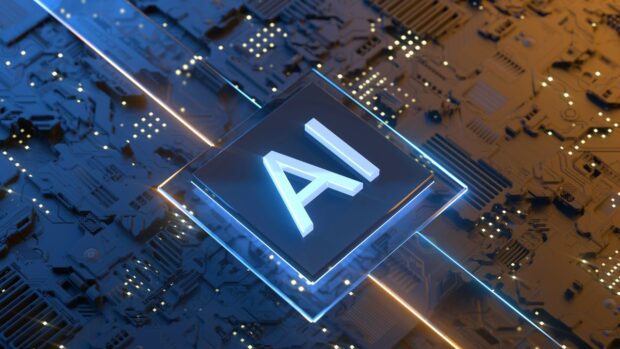UP experts seek ‘broad, practical’ policies on AI
MANILA, Philippines — University of the Philippines (UP) professor Benjamin Vallejo Jr. has been teaching students about artificial intelligence (AI) well before the sudden rise of apps like ChatGPT.
In his Science, Technology and Society classes — a required general education course in the university — Vallejo trains his students to appreciate the ethics behind AI and its feasibility in society.
“The bigger concern is how do we address the existential questions, like how will it affect job markets and shape government policies,” he told the Inquirer in an interview.
Last month, UP started to draft guidelines on responsible AI use — the first such effort by an academic institution.
“It is very critical that UP does its role as the national university in helping the country tread along this new environment,” said Dr. Johnrob Bantang, director of UP’s Computational Science Research Center.
He said the policies being drawn up by the university should be “broad enough to cover all possible AI instances, not just ChatGPT or any other specific application… And it should also be practical enough that people would be able to recognize it and relate to it.”
Recommendations
Vallejo and his students hope their contributions to the guidelines would be approved — he cited their inputs in his class as being helpful.
The foremost concern, they said, is that AI creators and users should be trained in ethics to help them discern harmful artificial intelligence such as deepfakes (manipulated images or recordings misrepresenting real people).
UP must also consider introducing a risk management framework that takes into account data privacy as well as identity theft related to AI apps, the students said.
Basic definitions
Furthermore, the university should adopt a code of practice on AI that lists the rights and obligations of creators and users.
This code of practice, they said, “may even be adopted by the government, civil society, and the private [or] business sector. This will be a positive outcome for technology governance.”
In crafting policies on AI use, UP experts sought to establish basic definitions to better understand the phenomenon.
Bantang said UP, like other colleges and universities, is “still in its learning process on AI in the way that it became popular.”
In simple terms, he said, AI can be described as a class of technological tools acting like a “highly trained mechanical parrot that can mimic the behavior of humans in response to specific trigger inputs, based on the training dataset it is fed with.”
He noted that even if, “like parrots, they just mimic what they’ve been trained to do, …we humans treat them as if they’re really intelligent.”
Bantang also emphasized another overlooked facet—that people had already been using AI for a much longer time, from robots in factory assembly lines to traffic navigation apps like Waze.
Vallejo said this should give a clearer understanding that AI is just another “product of technological development.”
‘Adjustments’
He said: “People are very concerned and a lot are anxious about it, but the same thing has happened ever since the Industrial Revolution.”
For his part, science writer TJ Dimacali said: “What is happening now is echoing the disruptiveness of technology that we saw in the late 19th century — like with the rise of photography and how it would displace artists.”
“And as we have seen jumping forward, there are certain jobs that have been displaced, demand for portraiture has shifted but it was not entirely erased,” he said in an interview.
Nevertheless, Dimacali recognizes the anxieties that come with AI’s use.
“Now that AI can do jobs that define our being human, we’re afraid of losing humanity and what it means to be human,” he said.
But instead of regarding the various disciplines as being now threatened by AI-powered text and art generators, people must start to “make adjustments in the way that they engage their craft,” Dimacali said.
He added: “Inevitably, AI will expand into a lot of territories and it is here to stay. [But] there will come a time when artists today will be able to engage their craft in a new way.”
